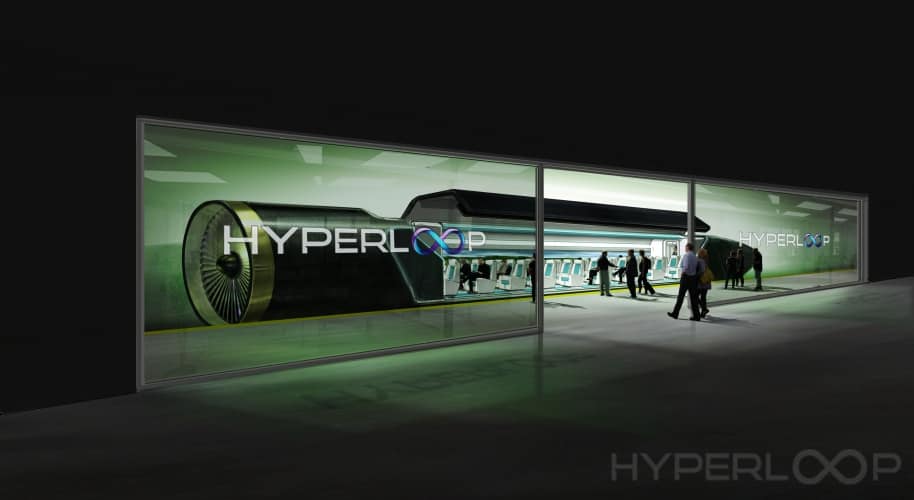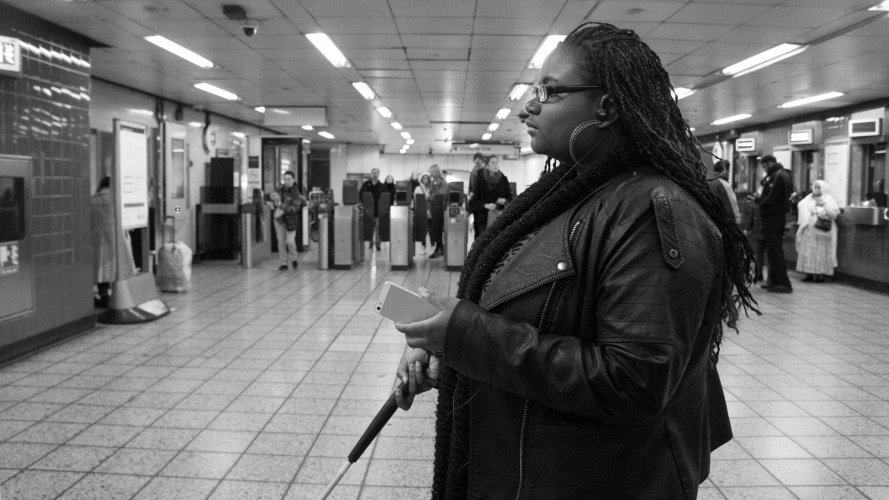 Andrew Wade
Andrew Wade
Senior reporter
Writing for The Engineer is a daily exercise in having one’s mind blown by the latest and greatest of humanity’s exploits.
In the past couple of weeks alone, I’ve had the privilege of writing about incredible projects such as Hyperloop One, the Airbus Perlan 2 glider , plans for the world’s biggest offshore wind farm , and Solar Impulse 2. These are fascinating endeavours that capture the imagination; cutting-edge engineering that enters the public consciousness via the mainstream media.

The scale and ambition of these projects is what makes them so enthralling. We see what the brightest minds are capable of when they come together and stand on the shoulders of those that came before, and it reminds us that as a species we are capable of creating magic as well as destruction. But there are other ways in which engineering can have an equally profound effect, albeit in perhaps a less spectacular manner. Alongside grand projects like those mentioned above, there is technology being developed to improve the lives of people more directly. Some of the most interesting cases involve helping those with disabilities, empowering them through a combination of clever engineering and the latest digital technology.
One such example is Wayfindr. Established in 2014, the non-profit arose from a collaboration between the Royal London Society for Blind People (RLSB) and digital product studio, ustwo. Last year the organisation trialed a beacon navigation system for visually impaired people in Euston Tube station. A phone application interacts with strategically placed Bluetooth beacons, guiding users through the station with audio cues. Other trials have taken place in Sydney, helped in part by $1m of funding from Google.org, the philanthropic arm of the search giant.

Since then, Wayfindr’s focus has moved away from the hardware and specific app it developed for the trials, shifting instead towards the Open Standard behind the technology. By using the Open Standard, other organisations around the world will be able to develop their own navigation and wayfinding solutions, adapted to local needs. Design guidelines and a demonstration app are included in the Wayfindr Standard, along with recognised protocols to reassure and orient vision-impaired people. But it will be up to individual companies, governments, building owners and councils how best to accommodate the needs of users.
“As we investigated solutions to the global issue of independent travel for blind and partially sighted people, it was clear to us that we needed to do more than create another app,” said Umesh Pandya, CEO and co-founder of Wayfindr. “The world’s software developers and venue owners needed a standard to rally around in their efforts to improve the lives of the vision impaired.”
“Developed alongside users and tested in live environments - globally, we hope that the Open Standard will help the market for blind navigation services really take off and that everyone will now become involved in evolving it to cover every setting together.”
This week also saw a Channel 4 News report on how deaf children are being failed by a lack of support for them and their families. Technology can assist in some cases, when children are provided with cochlear implants, but as the report points out, this is not always a perfect solution. According to a new study from the National Deaf Children's Society, three quarters of children with hearing difficulties are lagging behind their peers when they arrive in school. By their teens, they are twice as likely to underperform in their GCSEs.
Engineering does not have the answers to all these problems. But as Wayfindr has demonstrated, with a combination of the right backing and some innovative thinking, technology does have the power to dramatically improve people’s lives. Google.org is to be commended for its investment, but it is perhaps a shame that Wayfindr requires the charity of a massive corporation rather than benefiting from greater government funding to complement TfL’s support. Box-office projects like Hyperloop will always attract attention and investment, wonderment and commercial potential captivating both Joe Public and the venture capitalists. But engineering should not only be judged on its ability to blow our minds and wow the masses. Simple solutions that affect the daily lives of a few are an equally noble pursuit.











Water Sector Talent Exodus Could Cripple The Sector
Maybe if things are essential for the running of a country and we want to pay a fair price we should be running these utilities on a not for profit...